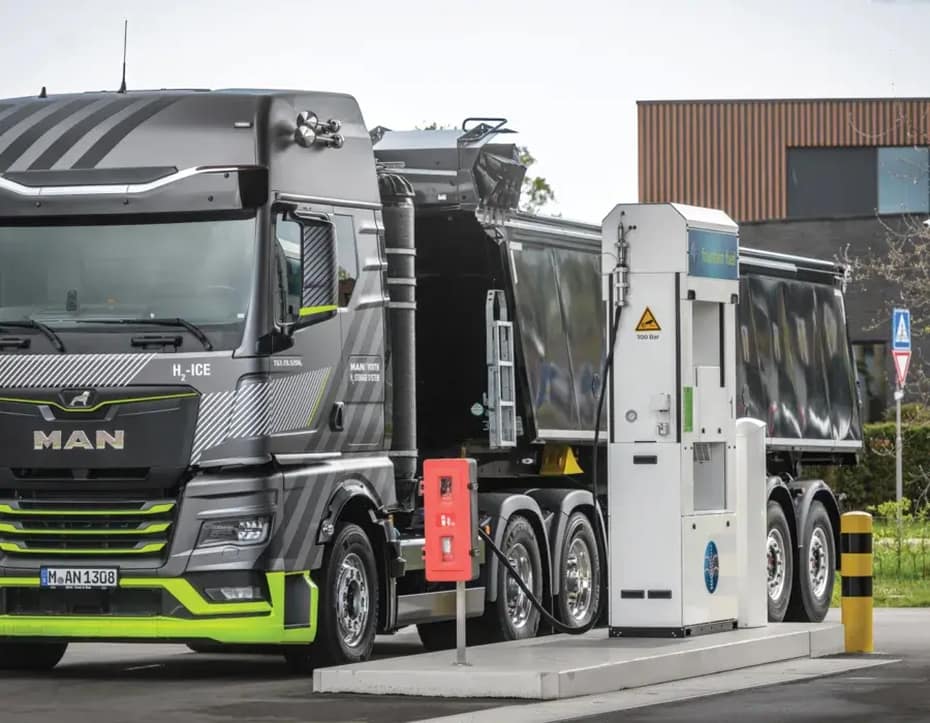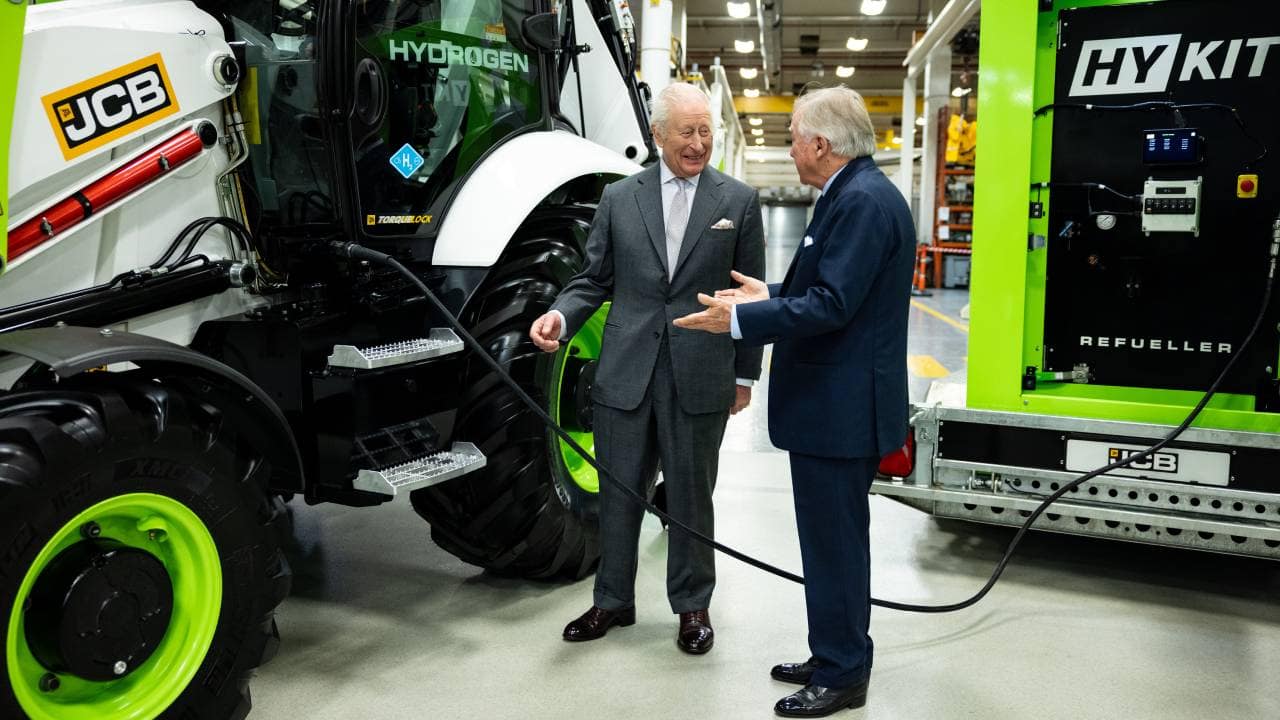Decarbonising Transport: Why the Transition Begins at the Extremes

While electric cars dominate headlines, the real story of decarbonising transport begins at the extremes: ultra-light vehicles and heavy freight. These sectors are the proving grounds for both battery and hydrogen solutions, shaping how we’ll reach net zero faster than many expect. The micromobility market alone is projected to reach $91.2 billion by 2030, while over 45,000 hydrogen heavy-duty trucks are expected in Europe by decade’s end. Understanding where transport decarbonisation succeeds first reveals the roadmap for mainstream adoption.
- Early Adoption in Transport Extremes
- Batteries vs Hydrogen: Complementary Technologies
- Proven Commercialisation Pathways
- Market Dynamics and Economics
- Strategic Implications for Industry & Policy
- Frequently Asked Questions
Early Adoption in Transport Extremes
Decarbonising transport rarely starts with the average commuter car. Instead, adoption begins at the margins: lightweight e-mobility in cities and heavy-duty freight. Both extremes have urgent needs and clear use cases that align economics with environmental imperatives, making them ideal testing grounds for zero-emission technologies.
Micromobility: Asia-Pacific Leading the Charge
The global micromobility market—encompassing e-scooters, e-bikes, and compact EVs—was valued at $40.6 billion in 2024 and is projected to reach $91.2 billion by 2030, growing at a CAGR of 14.5% (Grand View Research). This explosive growth demonstrates how decarbonising transport begins with lightweight, short-range solutions where battery technology excels.
Asia-Pacific dominates with 46.2% market share, driven by rapid urbanization, high population density, and government subsidies for EV adoption (Precedence Research). China leads global production and adoption: in 2024, 44% of new light-duty vehicles sold were electric, far exceeding the government’s 20% target for 2025 (ICCT). India, though starting from a lower base of 3% EV penetration in four-wheelers, excels in electric two- and three-wheelers (NITI Aayog).
These lightweight vehicles prove the business case for battery innovation where efficiency, short ranges, and urban use patterns align perfectly. This is where decarbonising transport achieves immediate emissions reductions and commercial viability.
Heavy Freight: Hydrogen Finding Its Niche
At the opposite extreme, heavy-duty transport presents challenges that favour hydrogen fuel cells for decarbonising transport. Logistics companies across Europe are testing hydrogen freight solutions for long-haul routes. By 2030, an estimated 45,000 hydrogen heavy-duty trucks will operate in Europe, with China leading global deployment (Interact Analysis).
The H2Accelerate TRUCKS project will deploy 150 fuel cell trucks from Daimler, IVECO, and Volvo across nine European member states by 2029, supported by new hydrogen refuelling infrastructure (Hydrogen Europe). Early adopters include garbage collection services (25% of current hydrogen truck deployments) and supermarket logistics, where municipalities and retailers balance costs against sustainability commitments.
Batteries vs Hydrogen: Complementary Technologies for Decarbonising Transport
The narrative often pits battery EVs against hydrogen fuel cells, but for decarbonising transport effectively, the truth is complementary. Each technology addresses different constraints in infrastructure, performance, and operational requirements (IPCC AR6 Chapter 10).
Battery Electric: Dominating Light, Short-Range Applications
When decarbonising transport in urban settings, batteries excel in light vehicles where charging infrastructure is accessible, weight is manageable, and distances are predictable. The technology delivers immediate emissions reductions when powered by low-carbon electricity (IPCC). China’s 60% battery-electric dominance among EVs demonstrates market maturity, though plug-in hybrids are rising rapidly (40% of Chinese EV sales in 2024) (ICCT).
Last-mile delivery represents the sweet spot for battery adoption when decarbonising transport fleets. Companies like Amazon, UPS, DHL, and FedEx have committed to electrifying delivery fleets by 2030–2040, targeting the 53% of total shipping costs and 50% of delivery-related CO₂ emissions concentrated in urban last-mile operations (GM Envolve).
Hydrogen: High Energy Density for Heavy, Long-Range Transport
For decarbonising transport at scale, hydrogen with higher energy density addresses limitations in heavy transport: trucks, buses, ships, and potentially aviation. Long-range heavy-duty trucks can be decarbonised through hydrogen fuel cells and biofuels, complemented by battery-electric haulage in some contexts (IPCC AR6). Commercial hydrogen truck operations are considered feasible by 2030, though challenges persist regarding driving range, capital costs, fuel cell durability, and infrastructure availability.
For decarbonising transport in aviation and maritime shipping, hydrogen and hydrogen-derived fuels (ammonia, synthetic kerosene) offer the only realistic path to deep decarbonization by 2050. Hydrogen can contribute 20% of total abatement needed globally, avoiding 80 gigatons of cumulative CO₂ emissions through 2050 (Hydrogen Council). Aviation demonstrations are expected around 2035, with 20% of revenue-passenger-miles potentially hydrogen-powered by 2050 (Carnegie Mellon Blue Skies).
Proven Commercialisation Pathways for Decarbonising Transport
History shows new technologies scale when they first succeed in clear niches. When decarbonising transport, lightweight EVs prove battery innovation economics while hydrogen scales through logistics hubs and industrial corridors where refuelling infrastructure and fleet operations can be co-located. Initiatives like EASAC reports confirm that blending both technologies is crucial for comprehensive transport decarbonization.
Instead of chasing the middle—the suburban family car dominated by established automakers—successful strategies for decarbonising transport begin where demand, economics, and policy incentives converge fastest. Garbage trucks (currently 25% of European hydrogen truck deployments), supermarket logistics, and urban e-scooter sharing networks demonstrate this pattern. See also my analysis of green steel adoption patterns and hydrogen combustion engines for parallel examples in industrial decarbonization.
Market Dynamics and Economics of Decarbonising Transport
Micromobility: Rapid Growth, Immediate Profitability
When decarbonising transport in urban environments, micromobility offers the fastest path to profitability. Electric two- and three-wheelers dominate Indian cities where they’re practical transport, not lifestyle choices. China’s market leadership stems from cost-competitive manufacturing, government subsidies, and charging infrastructure investment (Precedence Research). North America sees explosive but smaller-scale growth (7.2% through 2030), driven by sustainability pressures and last-mile delivery demands.
Fleet operators benefit from zero tailpipe emissions, silent operation enabling extended delivery hours, and reduced operational costs (elimination of oil changes, exhaust systems). Purpose-built electric delivery vans like Chevrolet BrightDrop 600 offer 614.7 cubic feet of cargo space versus 445 cubic feet for converted ICE vehicles, delivering both sustainability and operational advantages.
Heavy Freight: High Costs, Long-Term Payoff
Decarbonising transport with hydrogen trucks faces higher lifetime costs and limited green hydrogen availability, making them reliant on government incentives. However, advantages in decarbonizing hard-to-electrify applications are compelling. Hyundai delivered Europe’s first commercial hydrogen trucks in Switzerland in 2020, expanding to 50 trucks by 2021—larger than Korea’s domestic hydrogen truck fleet (Interact Analysis).
The EU’s revised Heavy-Duty Vehicle CO₂ Emissions Standards mandate 45% reduction by 2030 and 90% by 2040, with city buses reaching zero emissions by 2030 (Hydrogen Europe). This regulatory floor creates bankable demand for hydrogen solutions where battery-electric cannot meet operational requirements (high-altitude, mountainous terrain, low temperatures where fuel cells outperform batteries).
Strategic Implications for Industry & Policy in Decarbonising Transport
For industry, successfully decarbonising transport means focusing R&D at the margins: micromobility fleets proving battery cost curves and heavy freight corridors establishing hydrogen infrastructure. For policymakers, it means funding pilots where impact is immediate and measurable. The extremes are not sideshows—they are the entry points that de-risk technology, prove business models, and create supply chains for decarbonising transport at scale.
Understanding this dynamic allows investors, regulators, and founders to back the right technology at the right time. California’s Buy Clean Act and the EU’s H2Haul demonstration project exemplify policy interventions accelerating adoption at the extremes.
The transition to net zero is often portrayed as a battle for the mainstream, but history—and data—show us decarbonising transport begins at the edges. Whether it’s e-scooters in Shanghai capturing 46% of the global micromobility market, last-mile delivery vans reducing urban emissions by 53%, or hydrogen trucks crossing Europe’s mountainous corridors, the extremes set the pace for decarbonising transport. If we get those right, the middle will follow naturally.
Frequently Asked Questions About Decarbonising Transport
For more on energy transitions, hydrogen applications, and technology adoption dynamics, explore extracts from Born to Disrupt, my comprehensive analysis of green steel challenges and roadmaps, insights on hydrogen combustion engines, or my work on boards & governance.


